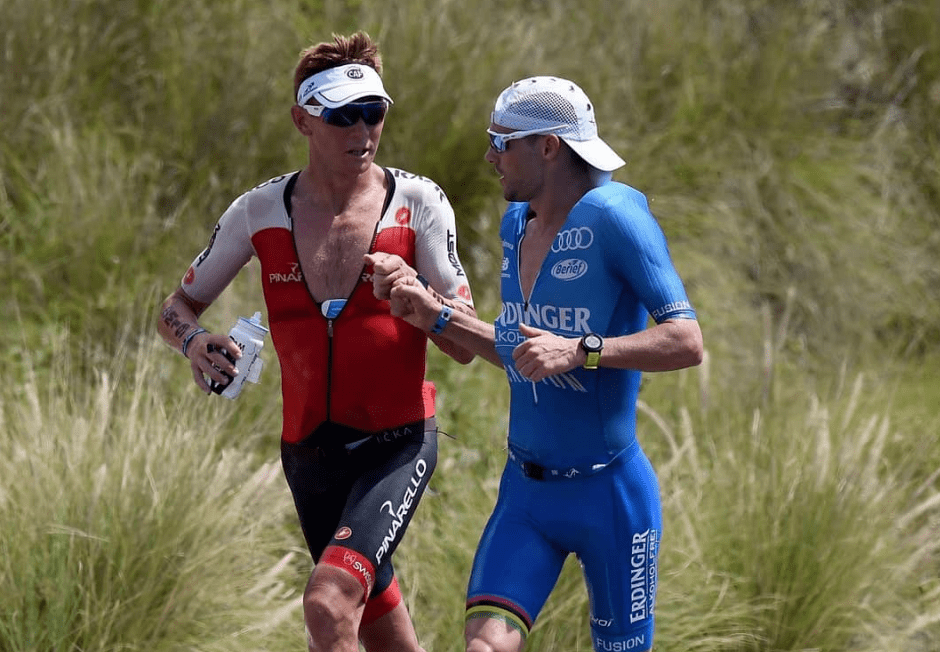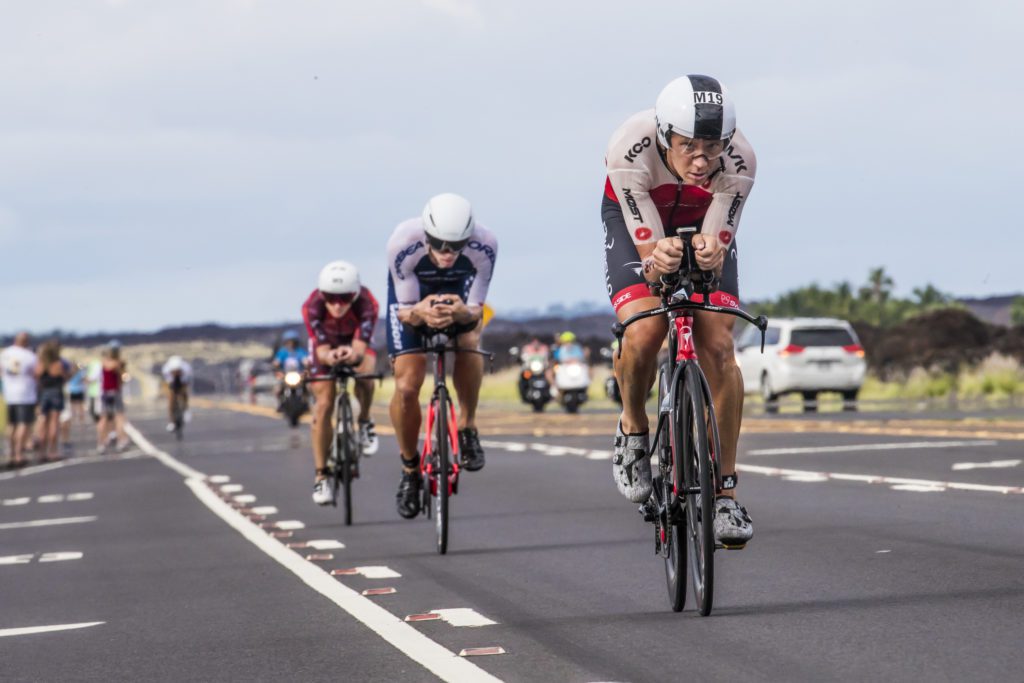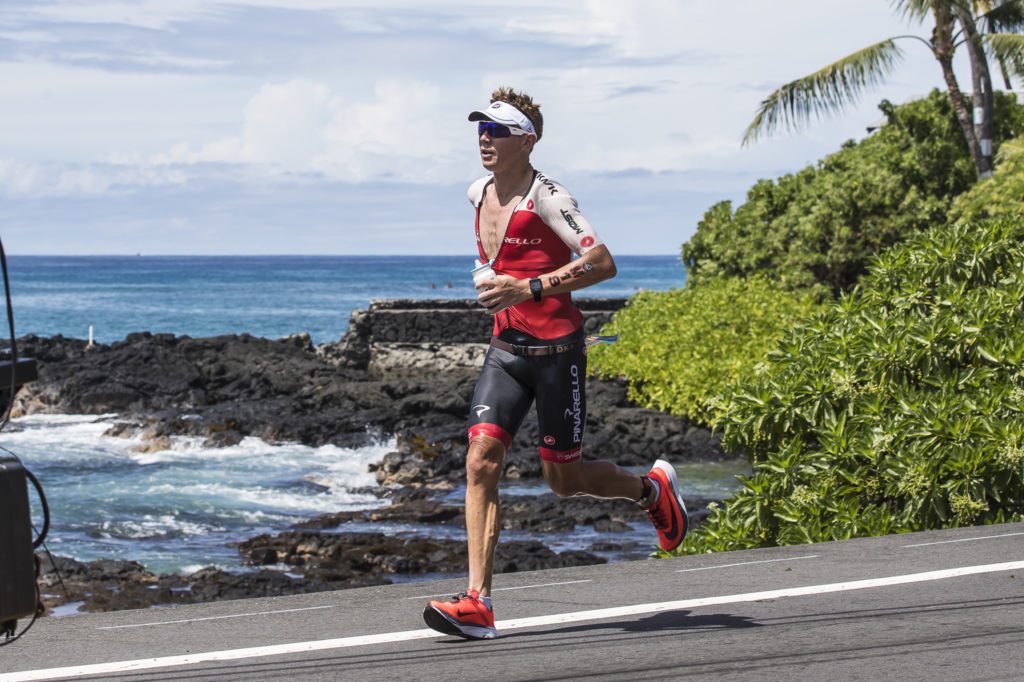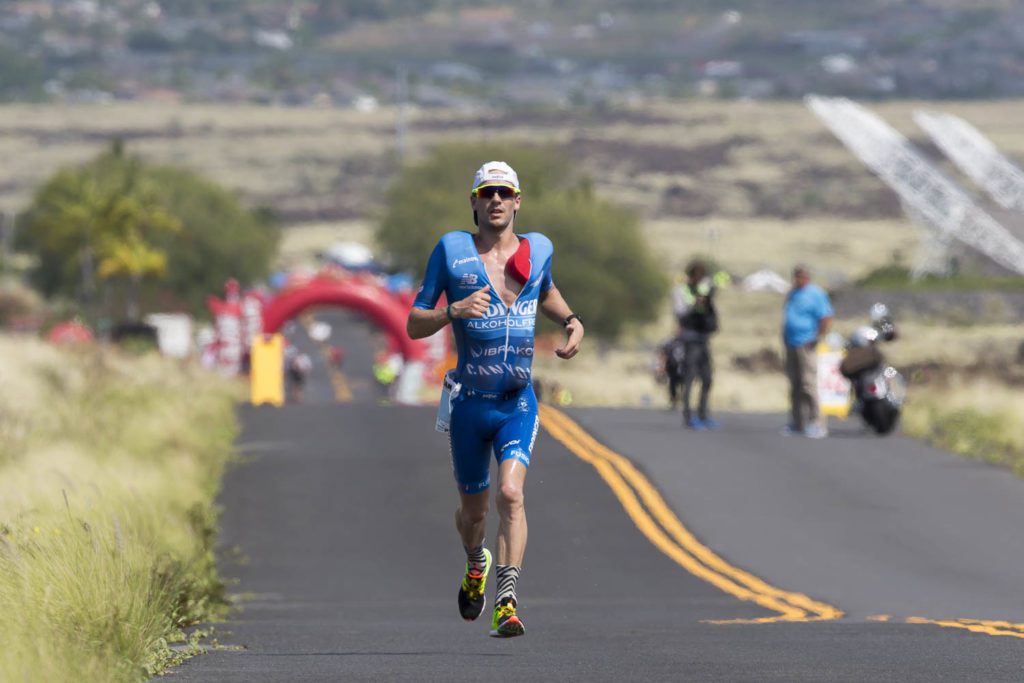Finding balance on the run: Cam Wurf and Patrick Lange
You need to develop some speed, but you also need to get very used to completing a run on tired legs.

— by Kevin Mackinnon
Run training for a triathlon is fraught with interesting dilemmas, a point that really hit home for me last year when I was interviewing some of the pros leading into the Ironman World Championship in Hawaii.
On the one side of my dilemma was a conversation I had with Australia’s Cameron Wurf, who we profiled in our January issue as a Kona game-changer, not only because of his prodigious cycling talent, but because his running had improved so much heading into Kona that he, in my mind, was much more of a threat than ever.

Related: Is this Cam Wurf’s year in Kona?
Wurf, as you might remember, is hardly a “normal” triathlete (not that any of us are). An Olympic rower who morphed into a world-class cyclist who then set his sights on professional triathlon, Wurf is blessed with an aerobic system like few others on the planet. This led he and his coach, Tim Kerrison to come up with a unique training plan to improve his running.
Because of his cycling background, he was used to competing in multi-day competitions with no time to recover, Wurf was used to training and racing on tired legs. After trying more typical training approaches, putting Wurf on the track and doing long runs by themselves, they decided to abandon that approach.
Related: Four runs that will help improve your half marathon time
“We flipped things on their head – the only way I’ll run is if I’ve absolutely destroyed myself on the bike. Because I am training to run as fast as I can after I’ve ridden my bike as fast as I can,” Wurf says of the new training approach. Part of the strategy involved having Wurf compete in numerous full-distance races throughout the year, including some back-to-back efforts, to achieve that fatigued state in true race fashion.

The approach seems to be working, too. Wurf blazed through his fastest marathon ever at Challenge Almere, his final tune-up for Kona and managed to crack the top-10 in Kona. While his 3:06 marathon split was hardly what he’d hoped for, it was a 13-minute improvement on the previous year’s effort, after a bike that was four minutes quicker. The bottom line is Wurf continues to improve his running in dramatic fashion.
Speed Rules: Patrick Lange
Contrast that tired-legs formula to the pure speed displayed by Germany’s Patrick Lange. While we don’t see a lot of data on the German’s workouts, one of his pre-Kona prep sessions included a number of one-kilometre repeats where he averaged well under three minutes per kilometre. Lange has competed in Kona three times and run 2:39, 2:39 and 2:41 – that last split on a day when he annihilated the sub-eight barrier on the Big Island, considered the equivalent of triathlon’s four-minute mile.

Related: Patrick Lange and Javier Gomez run sub 1:10 in half marathon
To hit those 2:39 splits, Lange has to average around 3:46/km (6:05/mile), which is frighteningly fast considering he’d completed a 3.8-kilometre swim and a 180-kilometre bike in Kona’s challenging conditions. (Granted, in 2018 the winds were considerably more favourable than they have been in years past, but it’s still Hawaii – it was very hot and humid.)
You don’t run that fast unless you have some decent bottom-end speed. So, during that pre-Kona prep session, Lange managed to average splits about a minute or so faster then he’d have to run on race day to win in Kona. When you can run a 2:46-kilometre effort, a 3:46 doesn’t feel that fast.
Finding the Balance
To me, the trick to nailing your best run in any triathlon is coming up with the balance between what Wurf and Lange did heading into Kona. No doubt there were lots of long-run efforts and transition workouts on the German’s training plan, but he also managed to hit the speed efforts that gave him enough bottom-end speed to run as fast as he did on the Big Island. Wurf has made huge improvements in his running over the last few years, no doubt thanks to his ability to train his body to deal with the rigours of triathlon racing.
A complete training program needs to balance each of these run components. You need to develop some speed, but you also need to get very used to completing a run on tired legs. Make sure you keep that balance in mind and incorporate aspects of each in your training plan.
Kevin Mackinnon, the editor of Triathlon Magazine Canada, has been coaching triathletes, runners, cyclists and swimmers for over 30 years.
